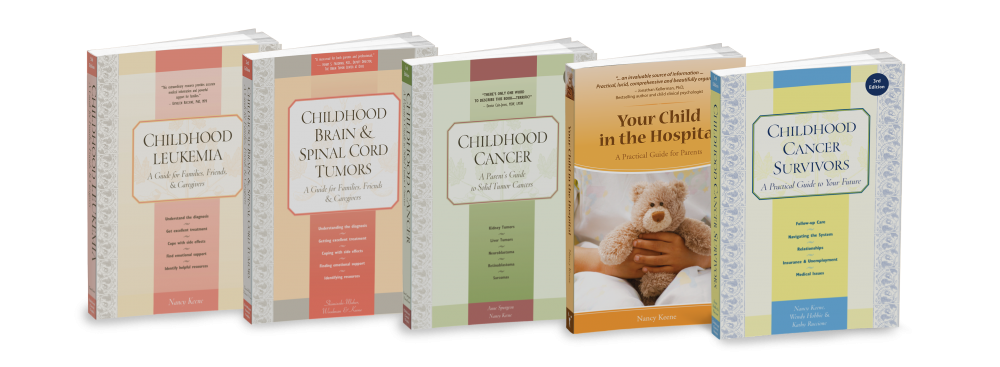Juvenile Myelomonocytic Leukemia (JMML)
Juvenile myelomonocytic leukemia (JMML) is a rare type of leukemia that begins from the myeloid cells. It is neither acute (fast-growing) or chronic (slow-growing) and most often occurs in young children (under age 4).
Leukemia is the term used to describe cancer of the bone marrow. In healthy people, bone marrow fills the bones in the body and produces the number of red blood cells (RBCs), white blood cells (WBCs), and platelets that the body needs. In a child with juvenile myelomonocytic leukemia (JMML), the bone marrow creates millions of abnormal WBCs. As the bone marrow becomes packed with these abnormal cells, they crowd out the healthy cells and symptoms of JMML begin to develop.
JMML is a very rare form of childhood leukemia that is most often diagnosed in the first two years of life. Below are links describing JMML, risk factors, signs and symptoms, diagnosis, prognosis, and treatment. It includes ways to learn about the newest research and treatments available for JMML.
Make an Impact on Juvenile Myelomonocytic Leukemia (JMML) - Donate now!
JMML Annual Researcher Summit
Mission of the JMML Researcher Summit
To establish an international scientific forum, driven simply by a focus on the JMML disease and not by country or institutional goals, that combines clinical, basic, and translational research in order to improve survivability among JMML patients. Learn more.




